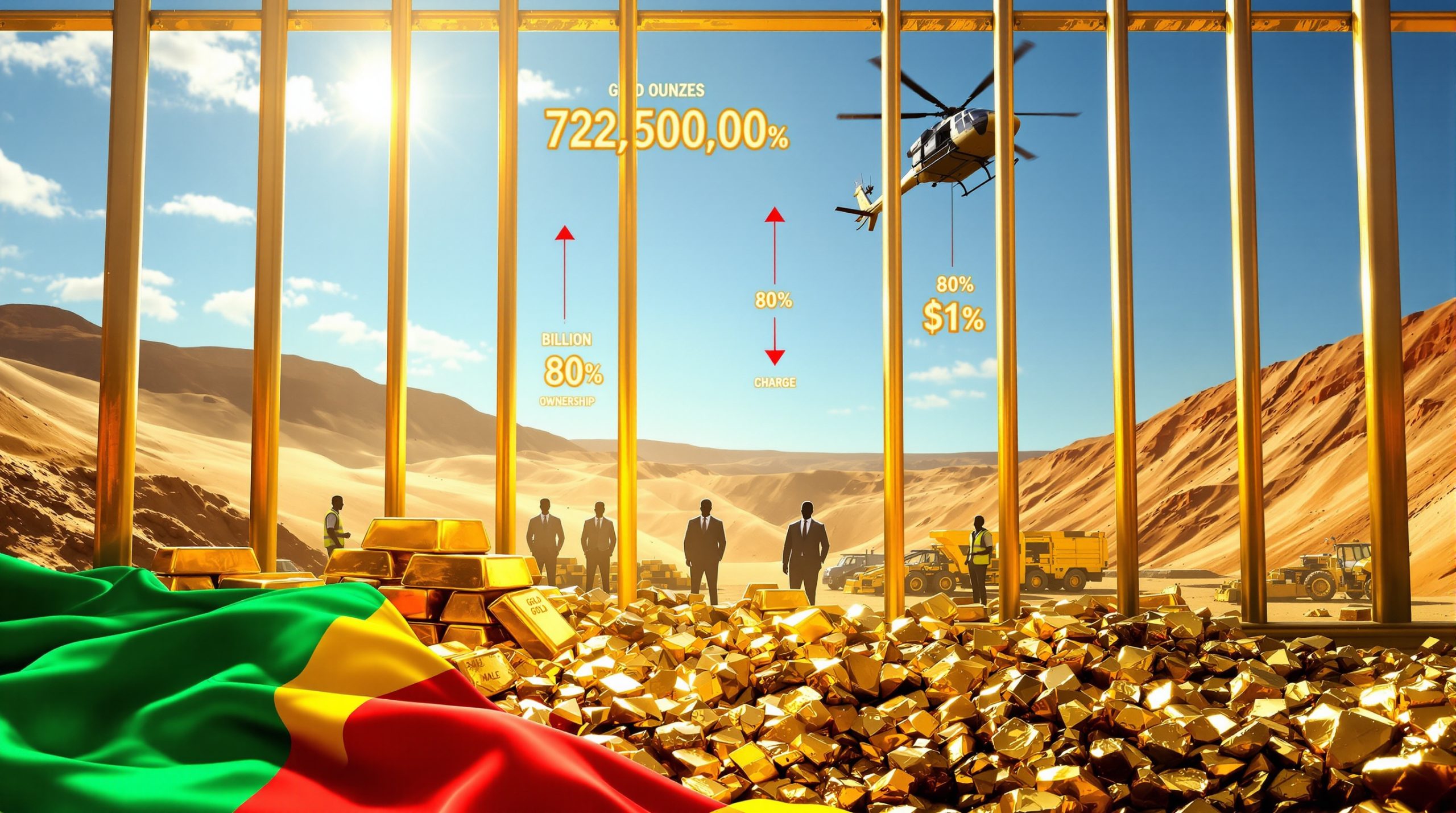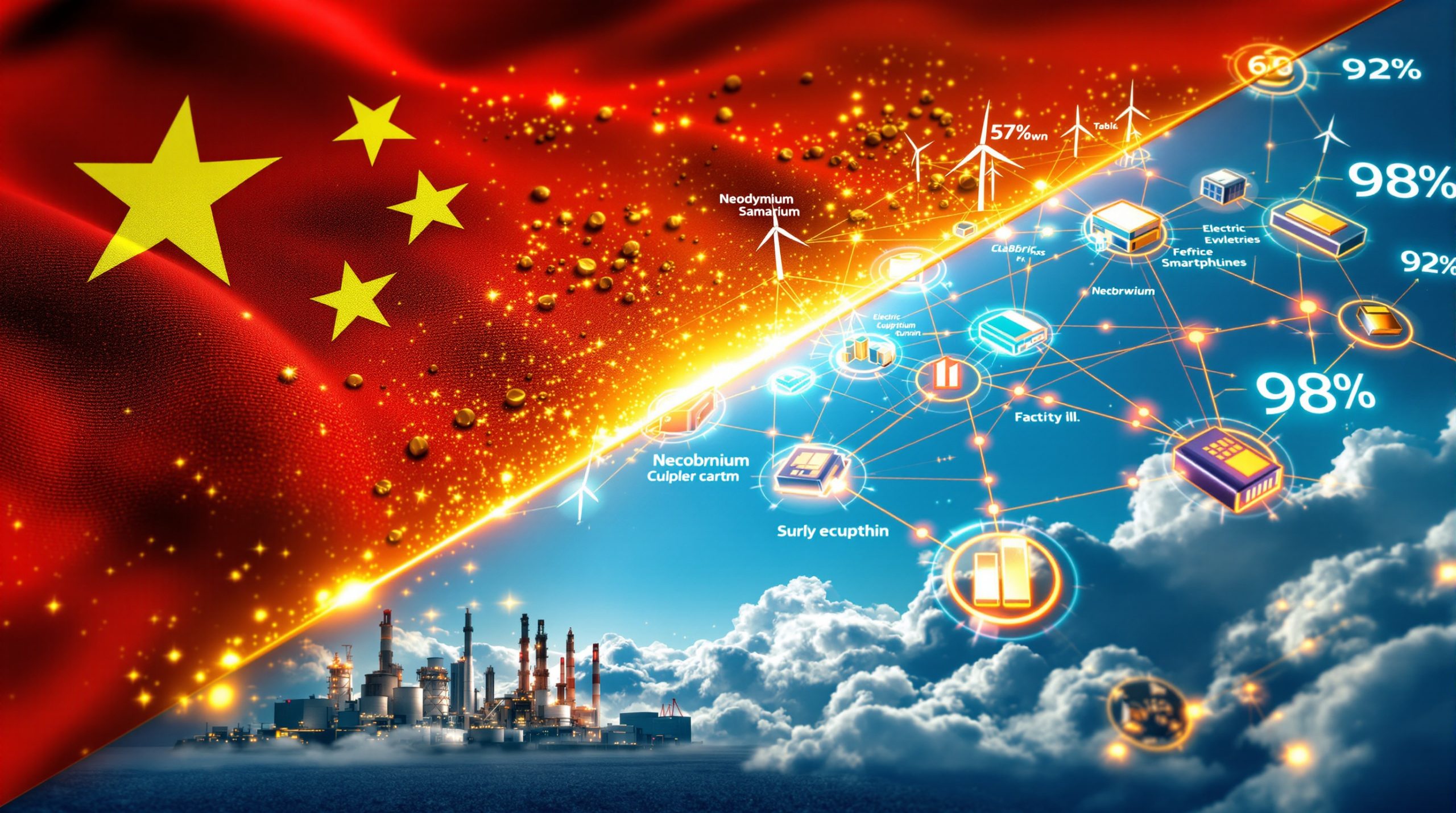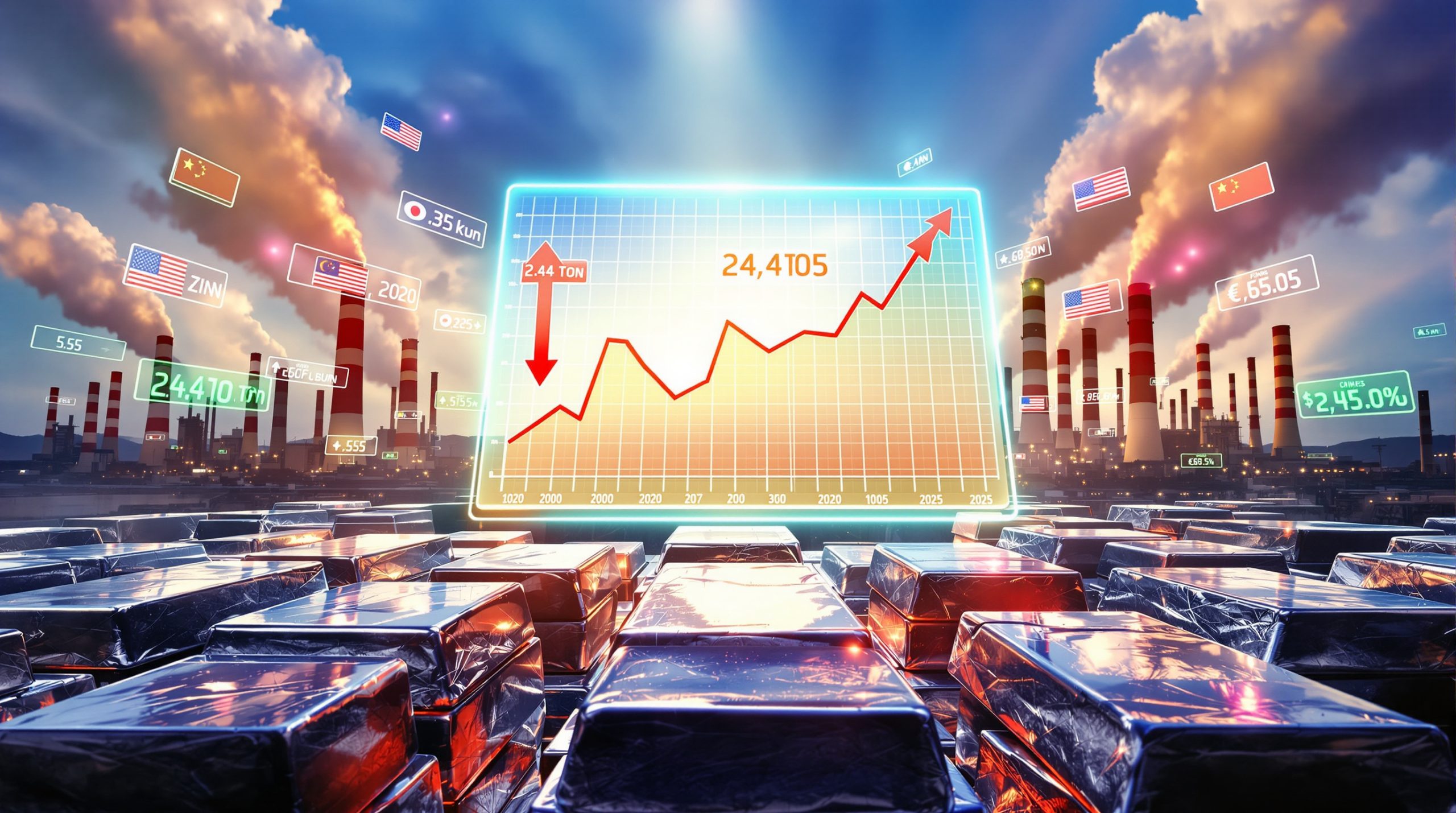The global strategic importance of critical minerals has reached unprecedented levels as nations recognise their fundamental role in technological advancement and national security. The recent rare earths and critical minerals deal between Australia and the United States exemplifies how countries are responding to supply chain vulnerabilities and concentration risks.
Understanding Critical Minerals: Strategic Resources Reshaping Global Security
Critical minerals have emerged as the cornerstone of modern technological advancement and national security strategies. These specialised raw materials possess unique properties that make them indispensable for semiconductor manufacturing, renewable energy systems, and advanced defence applications. Unlike conventional commodities, critical minerals face a dual challenge of high economic importance coupled with significant supply vulnerability.
The recent $8.5 billion USD framework signed between Australia and the United States on October 21, 2025, exemplifies how nations are responding to supply chain concentration risks. This historic agreement represents a fundamental shift toward allied cooperation in securing essential materials that power everything from artificial intelligence systems to military equipment.
President Donald Trump's statement aboard Air Force One captured the strategic imperative: "I don't want to play the rare earths game with China." This declaration followed china export controls on numerous rare earth elements throughout 2025, highlighting the geopolitical dimensions of mineral security.
Classification Framework for Strategic Materials
Critical minerals are classified using a two-factor assessment system that evaluates both economic importance and supply risk. Elements earning this designation cannot be easily substituted in high-technology applications, creating dependencies that extend across civilian and military sectors.
Australian Ambassador to the US Kevin Rudd emphasised Australia's geological advantages, noting that "Australia more or less equals the periodic table, geology has been kind to us." This natural resource endowment positions Australia as a potential alternative to concentrated supply chains.
Industrial Applications Driving Rare Earth Element Demand
Modern industries have developed extensive dependencies on rare earth elements, with applications spanning from semiconductor manufacturing to medical diagnostics. The artificial intelligence boom has particularly intensified demand for specialised materials used in high-performance computing infrastructure.
Semiconductor Manufacturing Revolution
The expansion of artificial intelligence capabilities requires sophisticated semiconductor manufacturing processes that rely heavily on rare earth elements. Cerium oxide serves as a critical polishing material for semiconductor wafers, while lanthanum oxide has proven superior to silicon dioxide as transistor components become smaller and more powerful.
According to Stanford Advanced Materials research, doping rare earth elements in semiconductor materials can absorb impurities, significantly improving the purity and integrity of semiconductor components. This process enhancement has become essential as the industry pushes toward more advanced chip architectures.
Key Semiconductor Applications:
- Cerium oxide: Wafer polishing compound for precision manufacturing
- Lanthanum oxide: Advanced transistor component material
- Yttrium: Specialised dopant for high-performance applications
- Neodymium compounds: Data centre cooling system components
Medical Technology Advancement
Rare earth elements have revolutionised medical diagnostics and treatment technologies. Gadolinium, one of the most magnetic elements on the periodic table, has become crucial for magnetic resonance imaging procedures due to its paramagnetic properties.
When gadolinium-based contrast agents are injected, they interact with external magnetic fields to produce higher resolution and more accurate MRI images. This enhancement capability has made gadolinium an essential component in modern diagnostic medicine.
Medical Applications Include:
- MRI contrast enhancement using gadolinium compounds
- CT scan improvement through rare earth element integration
- Nd:YAG laser systems for cosmetic and surgical procedures
- Advanced imaging technologies for cancer diagnosis
Research conducted by South Korean scientists in 2019 demonstrated that adding rare earth elements, including ytterbium and gadolinium, to CT scan contrast agents provided superior results compared to traditional iodine-based alternatives.
Laser Technology Innovation
The development of Nd:YAG lasers, created by doping yttrium aluminium garnet with neodymium, has transformed medical and cosmetic applications. These precision instruments are commonly used for:
- Fine line and wrinkle reduction treatments
- Tattoo removal procedures
- Hair removal applications
- Surgical cutting and cauterisation
Renewable Energy Transformation Through Critical Minerals
The global transition to sustainable energy systems depends fundamentally on rare earth elements, particularly for wind power generation and electric vehicle technologies. These applications represent some of the fastest-growing demand sectors for critical minerals.
Wind Energy Generation Technology
Modern wind turbines utilise direct-drive systems that require high-performance permanent magnets manufactured with rare earth elements. The Mt Millar Wind Farm on South Australia's Eyre Peninsula exemplifies this technology, using magnets that improve efficiency at low wind speeds while eliminating gearbox maintenance requirements.
Critical Elements for Wind Power:
- Neodymium: Primary permanent magnet component
- Dysprosium: High-temperature magnetic stability enhancement
- Praseodymium: Magnetic field strength improvement
The Global Wind Energy Council's 2024 Global Wind Report projected significant demand increases, stating that "increased demand for wind turbine components and rise in manufacturing capacity for wind energy will drive higher demand for specific materials, including rare earth elements such as neodymium, dysprosium, and praseodymium."
Electric Vehicle Market Expansion
Electric vehicles represent a key driver of growth in rare earth element demand over coming years. These vehicles require rare earth elements for:
- Electric motor permanent magnets
- Battery chemistry optimisation
- Electronic control systems
- Charging infrastructure components
The integration of rare earth elements into EV manufacturing has created new supply chain dependencies that extend beyond traditional automotive materials.
Defence Applications: The Strategic Imperative
Military applications represent some of the most sophisticated uses of rare earth elements, where performance requirements often exceed civilian specifications. Defence systems integrate these materials across multiple platforms and capabilities.
Advanced Aircraft Systems
The F-35 Lightning II fighter aircraft has been described as a "flying periodic table" due to its extensive use of rare earth elements throughout its systems. Key applications include:
F-35 Critical Mineral Integration:
- Beryllium: Structural nuts and bolts requiring lightweight strength
- Gallium: Radar signal amplification systems
- Tantalum: Capacitors for laser targeting and cockpit displays
Stealth Technology Enhancement
Military stealth capabilities rely heavily on rare earth elements incorporated into advanced materials. Elements including yttrium, gadolinium, dysprosium, and terbium have been integrated into:
- Ceramic coatings for radar absorption
- Advanced alloy compositions for heat signature reduction
- Specialised materials for electronic countermeasures
Intelligence and Surveillance Systems
Modern military intelligence gathering depends on rare earth elements for:
- Europium and yttrium: Night vision goggle phosphors
- Specialised magnets: Precision guidance systems
- Advanced displays: Heads-up display improvements
Supply Chain Vulnerability Assessment
Current global supply chains exhibit significant concentration risks, with processing capabilities heavily centralised in specific regions. Recent export control measures have highlighted these vulnerabilities and their potential impact on global markets.
Export Control Impact Analysis
Furthermore, China implemented comprehensive export controls throughout 2025, affecting multiple critical elements. These energy security challenges have created supply disruptions across global technology and defence supply chains.
October 2025 Controls:
- Holmium, europium, ytterbium, thulium, erbium
April 2025 Controls:
- Samarium, gadolinium, terbium, dysprosium, lutetium, scandium, yttrium
These measures have created supply disruptions across global technology and defence supply chains, demonstrating the strategic leverage that concentrated processing capabilities can provide.
Processing Versus Mining Challenges
A critical distinction exists between mineral extraction and processing capabilities. Moreover, australia's critical reserves possess extensive raw material resources but have historically relied on China for processing these materials into usable forms.
Australian companies have "mostly solved the latter part by selling to China," creating a dependency that the bilateral framework seeks to reduce through domestic processing capacity development.
Investment Opportunities in Strategic Minerals
The Australia-US critical minerals framework creates substantial opportunities for strategic investment across the entire supply chain. The $8.5 billion commitment over six months represents unprecedented cooperation in mineral security.
Infrastructure Development Priorities
Key investment areas emerging from the bilateral agreement include:
- Rare earth processing and separation facilities
- Advanced mining industry innovation development
- Strategic stockpile management systems
- Research and development partnerships
Market Response and Strategic Positioning
The announcement has generated significant interest in critical minerals stocks, with markets responding positively to the potential for supply chain diversification. Investment opportunities span from direct mining operations to advanced materials processing and recycling technologies.
Diversification Strategies for Supply Chain Security
Reducing dependence on concentrated supply chains requires coordinated approaches across multiple dimensions, from domestic production capacity to international cooperation frameworks.
Domestic Production Development
Australia's geological advantages provide a foundation for domestic production expansion. The country possesses extensive rare earth deposits and established infrastructure that can support processing facility development.
Strategic Advantages Include:
- Diverse mineral deposits across multiple regions
- Stable regulatory environment for mining operations
- Advanced geological survey capabilities
- Existing mining industry expertise
Technology and Processing Innovation
In addition, the rare earths and critical minerals deal emphasises development of alternative processing technologies that can reduce environmental impact while improving efficiency. Innovation areas include:
- Sustainable extraction methodologies
- Automated separation and purification systems
- Electronic waste recycling and urban mining
- Advanced materials recovery techniques
Future Demand Projections and Market Dynamics
Several technological and economic trends will significantly influence future demand patterns for critical minerals, with implications extending across multiple industries.
Artificial Intelligence Infrastructure Expansion
The continued growth of AI applications requires extensive data centre infrastructure and high-powered graphics processing units. Consequently, this expansion drives demand for:
- Specialised semiconductor materials
- Advanced cooling system components
- High-performance memory technologies
- Quantum computing material requirements
Electric Vehicle Market Acceleration
Electric vehicle adoption represents one of the fastest-growing demand drivers for critical minerals. The Global Wind Energy Council has identified EVs as "tipped to be a key driver of growth in rare earth element demand over coming years."
Renewable Energy Scaling Requirements
Wind and solar energy expansion creates substantial demand for:
- Permanent magnet materials for generator systems
- Energy storage component materials
- Grid stabilisation equipment requirements
- Smart grid technology integration
Strategic Implications for Global Technology Leadership
The Australia-US rare earths and critical minerals deal represents more than bilateral trade cooperation—it signals fundamental restructuring of global technology supply chains. Nations recognising the strategic importance of these materials are investing heavily in domestic production capabilities and international cooperation frameworks.
However, the integration of critical minerals into national security planning reflects their growing importance across civilian and military applications. This follows trump's mineral mandate which has emphasised the strategic value of secure supply chains.
Understanding supply chain dynamics and mineral security strategies will be essential for organisations navigating the evolving landscape of critical mineral markets. Nations developing comprehensive mineral security approaches will maintain competitive advantages in the global technology economy, while those dependent on concentrated supply chains face increasing vulnerability to geopolitical disruptions.
The rare earths and critical minerals deal between Australia and the United States establishes a precedent for allied cooperation in securing strategic materials. As technological advancement continues to drive demand for these specialised elements, supply chain diversification and processing capacity development will become increasingly critical for maintaining technological independence and national security.
Ready to Capitalise on Critical Minerals Investment Opportunities?
The surge in critical minerals demand driven by AI expansion, renewable energy growth, and defence applications presents significant opportunities for savvy investors. Discovery Alert's proprietary Discovery IQ model delivers real-time notifications on substantial ASX mineral discoveries, empowering subscribers to identify actionable investment opportunities ahead of the broader market and capitalise on the next generation of strategic resource discoveries.




